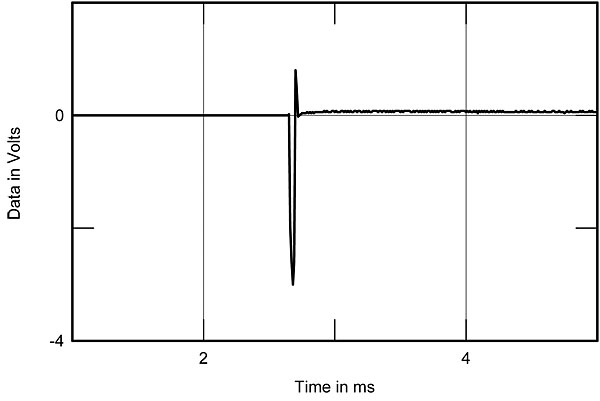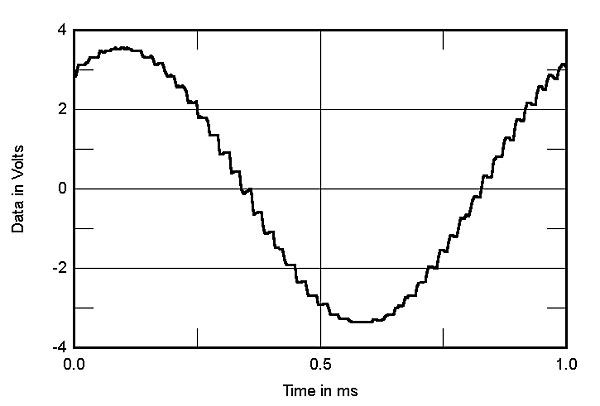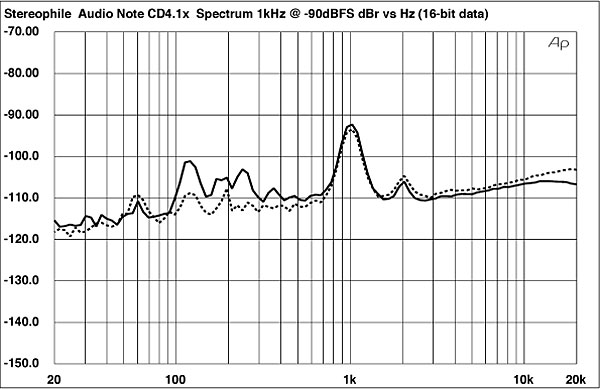| Columns Retired Columns & Blogs |
They still make CD players?
Thanks for the review, but I would be really curious how a RAM based CD playback (i.e. pure music) on a laptop compares to expensive CD players. I have a feeling this could enlighten people!
Best,
www.hifiqc.com

















































